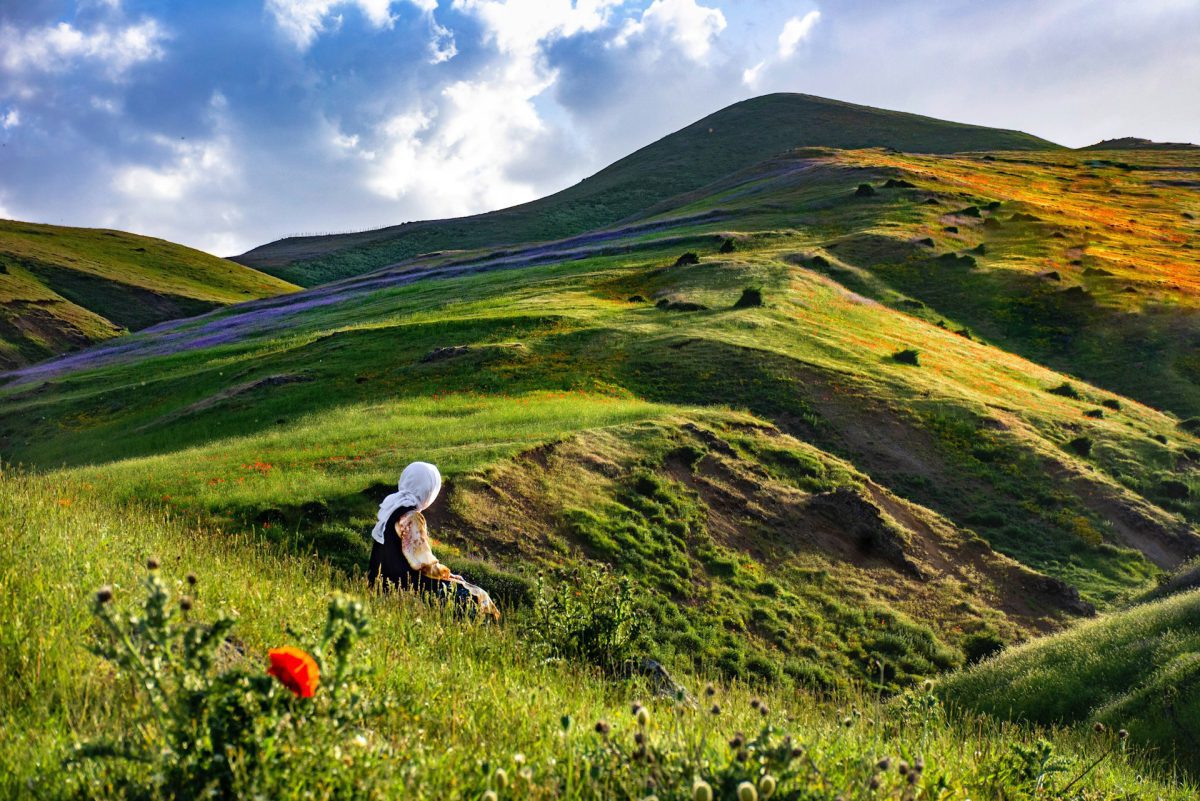Table of Contents
Four Seasons in Iran
Iran, a large country known for its diverse landscapes, experiences a variety of climates. This remarkable country is known for its ability to offer all four seasons at different times throughout the year in various parts of the land. From cold winters in the west and northwest to hot summers in the south, each region offers a unique weather experience.
No matter when you plan to visit Iran, there’s something for everyone throughout the year. Throughout the year, Iran invites you to discover its tapestry of seasons. From snow-capped mountains to blooming valleys, from sun-drenched beaches to ancient cities, this diverse country beckons you on a journey that will awaken your senses and leave an everlasting impression on your soul. Let’s take a closer look at each season and what it has to offer.
Iran in Spring (April – June)
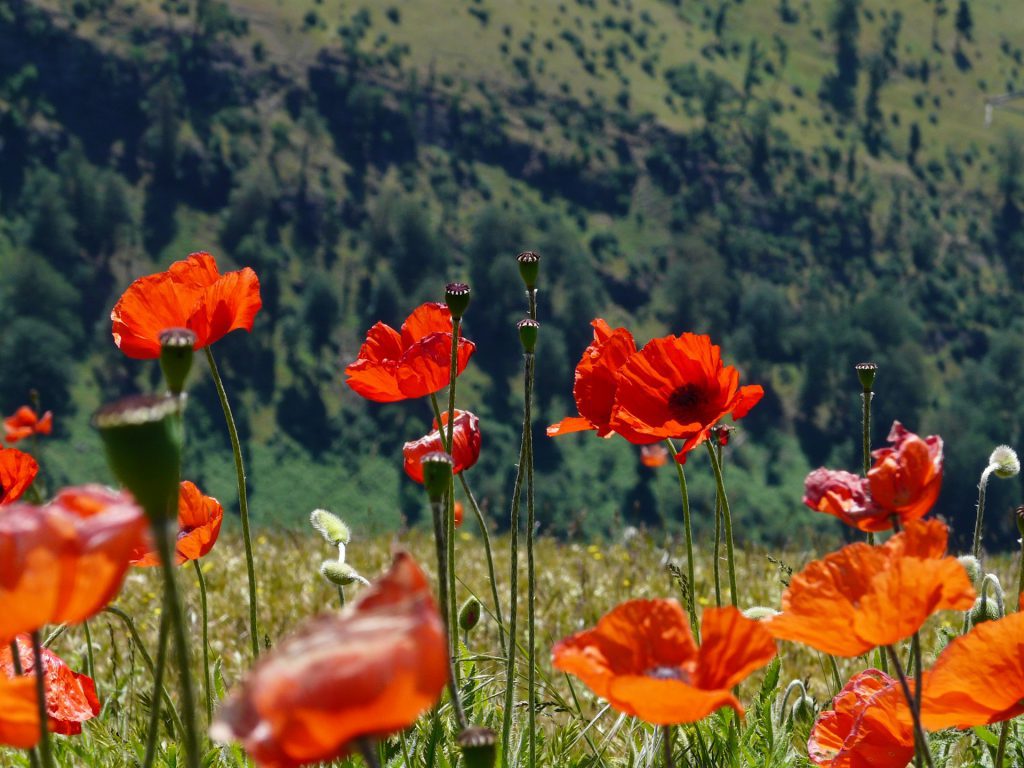
Spring is widely regarded as one of the best seasons to visit Iran, thanks to its comfortable temperatures ranging from 10°C to 25°C (50°F to 77°F). Most of the rain falls during winter and spring, resulting in pleasant weather conditions. Even though spring is relatively short, it is a fantastic time for travel enthusiasts to explore the beauty of Iran.
As winter’s chill gradually fades, spring breathes new life into Iran’s landscapes. The warmth of the sun encourages colorful flowers to bloom, adding vibrancy to the surroundings. Nature awakens, inviting travelers to discover its captivating beauty. Whether you’re wandering through Tehran’s historic streets or exploring the peaceful countryside, spring’s mild climate creates a pleasant atmosphere for leisurely exploration and adventure.
In addition to the favorable weather, spring in Iran offers a range of cultural and festive experiences. Celebrate Nowruz, the ancient Persian New Year, which brings joyous gatherings and colorful displays. Immerse yourself in regional festivals in Iran that showcase Iran’s rich heritage. Experience the country’s renewed energy as Iranians embrace the arrival of this cherished season.
To summarize, spring in Iran provides an excellent opportunity to enjoy comfortable temperatures, ranging from 10°C to 25°C (50°F to 77°F). With delightful weather and a wealth of cultural festivities, this short but enchanting season invites visitors to embark on a captivating journey through Iran’s beautiful landscapes and vibrant traditions. Embrace the allure of springtime and prepare to be captivated by the wonders that await you.
Iran in Summer (July – September)
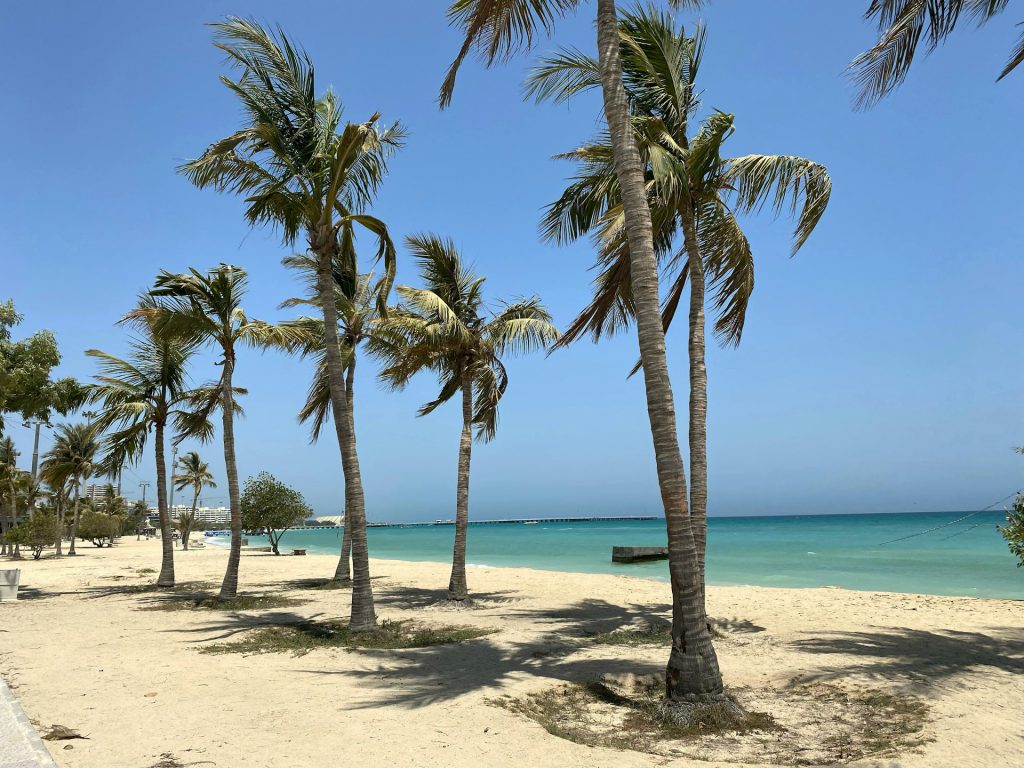
When summer arrives in Iran, June brings scorching temperatures and less rainfall. It’s the hottest and driest month of the year, with rare showers. During the day, most parts of the country experience temperatures between 30 and 36 °C (89-97 °F). In the foothills, it’s a bit cooler at around 25 °C (77 °F), but along the Caspian coasts, temperatures can soar to a blistering 38 °C (100 °F).
As August comes around, the weather starts to change. Rainfall increases and the water becomes pleasantly warm for swimming. The Caspian Sea offers waters between 24 and 28 °C (75-82 °F), while the Gulfs entice swimmers with temperatures of 30-32 °C (86-90 °F). However, be cautious of swarming jellyfish and rays that can disrupt your swim. In most places, daily temperatures remain high, especially along the southern Persian Gulf coast, where humidity adds to the heat. On some days, temperatures can easily reach 40°C (104°F) or even higher.
Iran’s summer season is a contrast between June’s scorching heat and August’s inviting waters. It’s a time when the land battles the relentless sun, hoping for occasional showers to bring relief. Amidst the heat, the cool waters beckon, tempting visitors to find solace in the intense temperatures and Iran beaches. Whether you embrace the fiery heat of June or seek refreshment in August’s waters, Iran’s summer offers a captivating experience with its mix of challenging and enchanting elements of nature.
Iran in Fall (October – December)
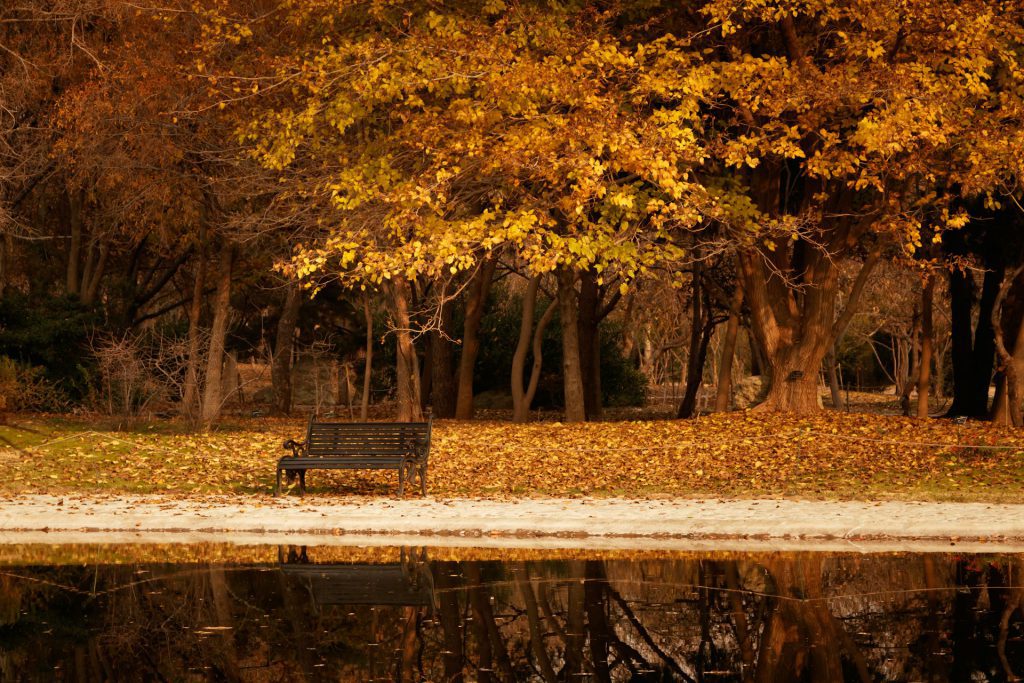
Iran in fall experiences rainfall throughout the country. The heaviest rain occurs in October, with an average of 215 mm (8.4 inches) for the month. September also sees frequent rain, while temperatures are slightly cooler than in August. In the mountains, rain can sometimes turn into hail.
In the plains, October temperatures range from 22 to 25 °C (72-77 °F), providing a comfortable climate. However, in the mountains, late October feels more like spring, with daytime temperatures around 10 °C (50 °F) and nighttime temperatures dropping to -3 °C (27 °F). The mountain peaks are often covered in snow during this time.
As November comes, the weather cools down. Foothills experience temperatures of 4-8 °C (39-46 °F), central regions range from 13-15 °C (55-61 °F), and southern coasts see temperatures of 16-18 °C (61-64 °F). This is a great time to visit Iran, as the weather is neither too hot nor too cold.
Fall is a popular season for tourism in Iran, with many visitors coming from late September to December. The weather during this time is pleasant, making it a good opportunity to explore the country without extreme temperatures.
Iran in Winter (January – March)

In the northern and western parts of Iran, winter begins with wet snow and temperatures range from 1 to 8 °C (34-46 °F). The southern coasts are usually warmer, with daytime temperatures around 10 to 14 °C (50-57 °F). However, in the mountains, even during the day, it can be below freezing (32 °F).
January is the coldest month, especially in the northwestern region, where temperatures can drop to -5 to -8 °C (23-18 °F). In central and coastal areas, it’s much milder, with temperatures averaging around 11 °C (52 °F). By February, signs of spring start to appear, and temperatures rise to about 13 °C (55 °F) in most places. However, higher mountain areas above 1500 meters (4920 ft. above sea level) remain cold.
Just like in many other countries, winter is ski season in Iran. Some ski resorts may even be open all year round. If you’re interested, it’s a good idea to ask for more details before making travel plans. The most likely places to find snow in Iran are the mountainous regions. Southern parts of Iran also experience moderate winter weather, sometimes called the “snow season.” Occasionally, colder air from Siberia can cause a slight drop in temperature.
Iran High Season
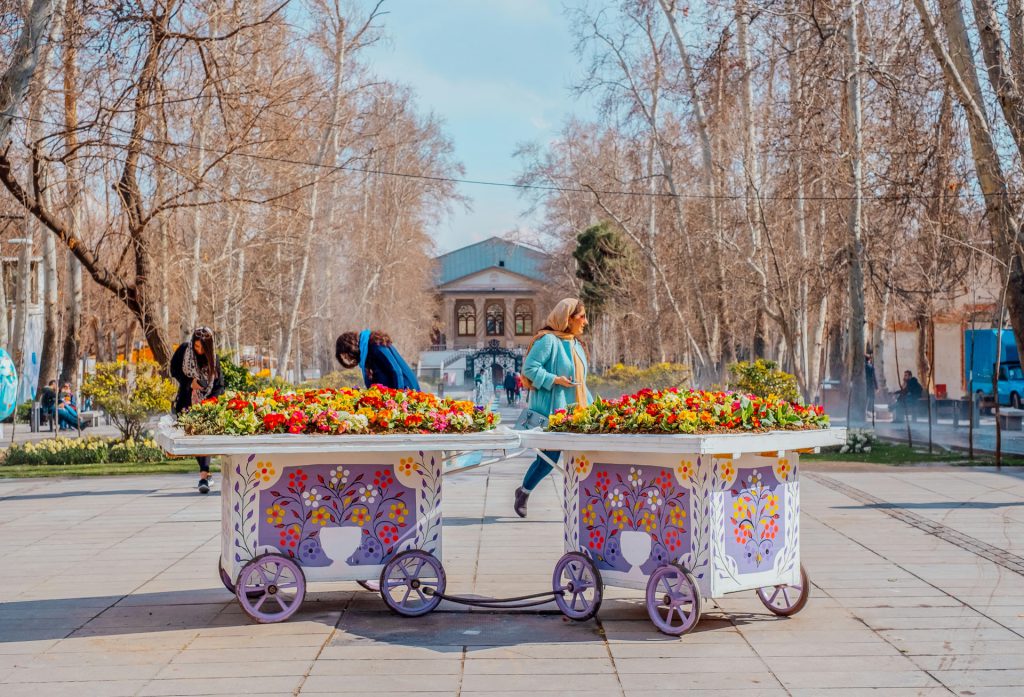
If you’re planning a trip to Iran, the months of March, April, and May are highly recommended for sightseeing. During this time, the weather is pleasant, making it enjoyable to explore the country’s attractions. However, keep in mind that prices tend to be higher, especially in April when many tourists visit. If you’re looking to save money, consider going in early June. You might find better deals and have the chance to explore without spending too much.
March, April, and May are the top choices for visiting Iran if you want to see the sights. The weather is great, and you can make the most of your trip. Just be aware that these months are popular, so prices are higher, especially in April. If you’re on a tight budget, consider going in early June. You might find better prices and still have the opportunity to explore without breaking the bank.
FAQs about Iran Seasons
Q1: Does Iran have 4 seasons?
A1: Iran is well-known for its weather which changes throughout the year in different parts of the country. In Iran, you can experience all four seasons simultaneously, no matter where you are.
Q2: What months is winter in Iran?
A2: Late November, December, January, and February are extremely cold, particularly in the mountainous regions of the north and west. July and August are scorching hot, with temperatures frequently reaching the 40s.
Q3: What months are fall in Iran?
A3: Fall in Iran is a delightful and vibrant season, occurring from October to December.
Q4: Does it ever get cold in Iran?
A4: The weather in Iran is highly continental, with hot and dry summers and very cold winters, especially in inland areas. Except for the coastal regions, temperatures in Iran generally vary significantly throughout the year, ranging from approximately 22°C to 26°C.
Q5: What month is the hottest in Iran?
A5: July and August are the peaks of summer in Iran, and they are the hottest months with dry temperatures exceeding 30°C.
Last Words: Experience the Best of Iran Seasons with a Customized Tour
Iran seasons are different throughout the year. It is famous for offering all four seasons at different times. In the winter, the west and northwest are very cold, while the south is very hot in the summer. No matter when you visit, there’s something for everyone. Iran has snowy mountains, flowery valleys, sunny beaches, and old cities. Each season has its special things to see and do.
To Iran Tour understands the significance of Iran seasons and specializes in creating personalized itineraries that allow you to immerse yourself in the wonders of each season. Our knowledgeable guides will accompany you, providing insights into the unique characteristics of each season and ensuring that your tailored itinerary aligns with your preferences.
Let us be your trusted partner in crafting a remarkable journey through Iran, where you can embrace the captivating beauty of its seasons and create memories to cherish forever.

